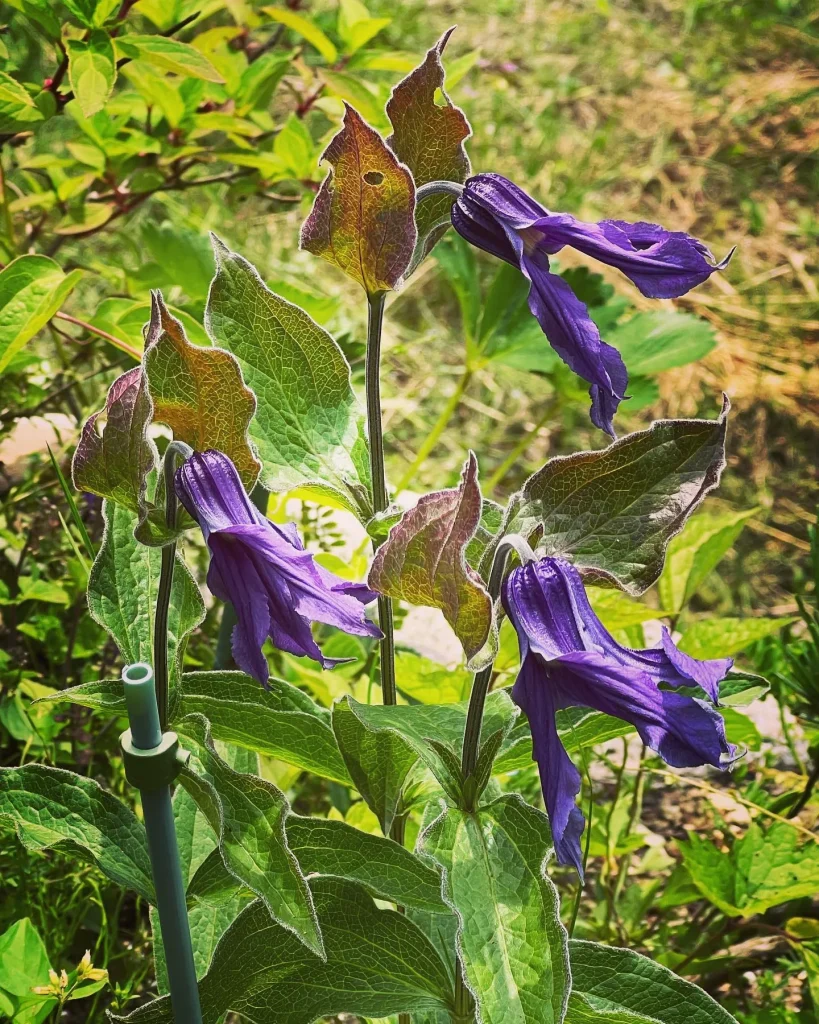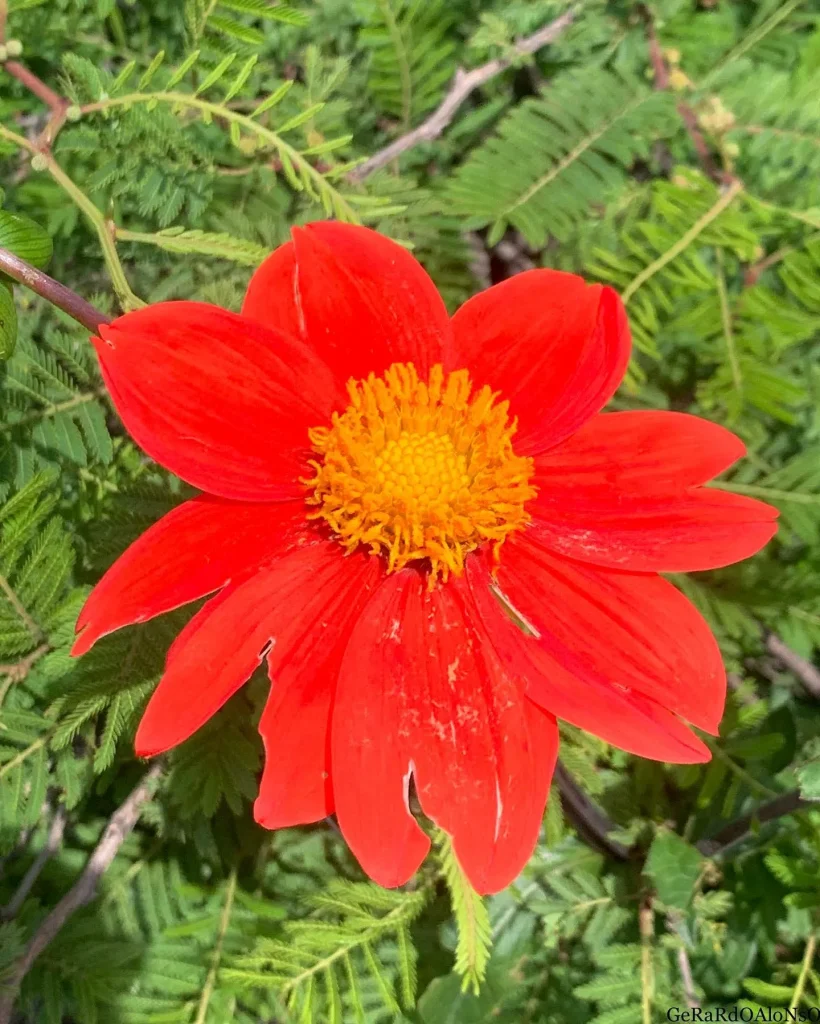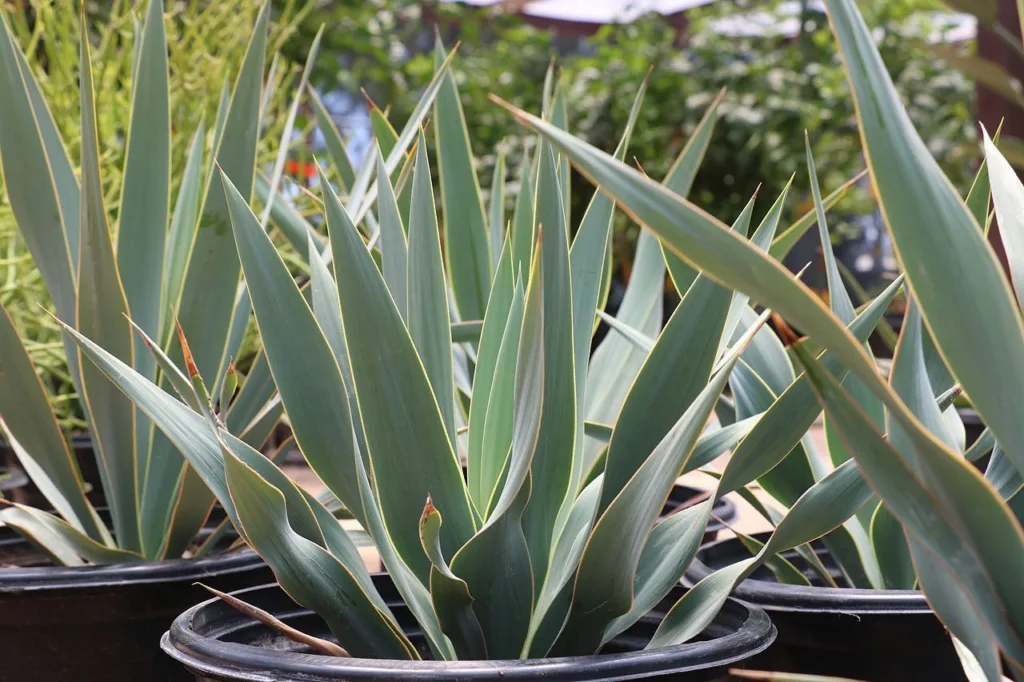What is Zoysia Japonica?
Zoysia Japonica, often called Japanese Lawngrass, is a warm-season grass popular for its dense growth and resilience. It’s favored for lawns due to its ability to withstand heat and drought, as well as its lush, carpet-like appearance. This grass species is known for its ability to form a thick, attractive lawn that resists weeds and has a soft texture underfoot.
11 Species in Genus Zoysia
How to Fertilize Zoysia Japonica Grass Seed?
Fertilizing Zoysia Japonica properly ensures a robust and healthy lawn. When starting from seed, it’s crucial to apply a starter fertilizer high in phosphorus to support root development. I recommend using a balanced fertilizer once the grass is established. Apply it in the late spring or early summer, following the manufacturer’s instructions. Regular feeding every 6-8 weeks during the growing season will keep your lawn lush and green.
Where to Buy Zoysia Japonica Seed?
Finding Zoysia Japonica seed is easier than you might think. You can purchase it from local garden centers or nurseries, which often carry a selection of grass seeds. Online retailers also offer a variety of Zoysia Japonica seeds, including specialty options. Before buying, check customer reviews and ensure you’re purchasing from a reputable source to get high-quality seed.
Is Zoysia Japonica Meyer Appropriate for a Drain Field?
Zoysia Japonica Meyer is known for its drought tolerance and ability to thrive in various soil types, making it a good choice for challenging areas like drain fields. Its dense growth can help with soil stabilization and erosion control. However, ensure that the grass receives enough water and nutrients to maintain its health in these conditions.
Will Zoysia Japonica Meyer Grow in Pennsylvania?
Zoysia Japonica Meyer, being a warm-season grass, prefers the climate in USDA Zones 6-10. Pennsylvania, which spans Zones 5-7, might present some challenges for this grass. In northern regions, it may struggle with cold temperatures, while in southern parts of the state, it could perform well if properly cared for. Consider blending it with cool-season grasses for better adaptability in Pennsylvania.
Zoysia Japonica vs Zoysia Matrella
When comparing Zoysia Japonica and Zoysia Matrella, there are a few key differences. Zoysia Japonica generally has a coarser texture and is more cold-tolerant than Zoysia Matrella. On the other hand, Zoysia Matrella, also known as Zoysia Tenuifolia, has finer leaves and forms a denser turf. The choice between them depends on your specific lawn needs and regional climate.
Zoysia Japonica vs Zoysia Tenuifolia
Zoysia Japonica and Zoysia Tenuifolia (often called Zoysia Matrella) differ mainly in their leaf texture and growth habits. Zoysia Japonica tends to have broader leaves and is more robust, while Zoysia Tenuifolia has finer leaves and a denser growth pattern. Zoysia Tenuifolia is often preferred for its aesthetic appeal, but Zoysia Japonica might be better for areas with harsher conditions.
Zoysia Japonica vs Zenith
Comparing Zoysia Japonica with Zenith, a hybrid variety, reveals some distinct traits. Zenith is known for its fine leaf texture and quicker establishment compared to Zoysia Japonica. It also has excellent drought resistance and a vibrant green color. However, Zoysia Japonica can offer better cold tolerance and overall hardiness in diverse conditions.
How to Care for Zoysia Japonica?
Proper care for Zoysia Japonica involves regular mowing, watering, and fertilizing. Mow the grass to a height of about 1-2 inches to maintain a neat appearance and prevent thatch buildup. Water deeply but infrequently to encourage deep root growth. Apply a balanced fertilizer during the growing season to support healthy growth.
What to Plant with Zoysia Japonica?
Zoysia Japonica pairs well with various companion plants. For ground covers, consider low-growing species like Creeping Thyme or Sedum. If you want to add color, complement it with flowering perennials such as Daylilies or Black-eyed Susans. Ensure that companion plants have similar water and light requirements for best results.
Can You Grow Zoysia Japonica Indoors?
Growing Zoysia Japonica indoors is challenging due to its preference for full sun and outdoor conditions. It requires a lot of light and space to thrive, making it less suited for indoor environments. If you’re looking for an indoor grass option, consider alternatives like Ornamental Grasses or low-light tolerant species.
Is Zoysia Japonica Toxic?
Zoysia Japonica is non-toxic to pets and humans. It’s a safe choice for lawns where children and animals play. However, as with any plant, it’s best to monitor your pets to ensure they don’t eat large quantities of grass, which could potentially cause mild digestive issues.
Benefits of Zoysia Japonica
Zoysia Japonica offers numerous benefits, including excellent drought resistance, low maintenance, and a dense growth habit that minimizes weed invasion. Its ability to form a thick mat of grass helps with soil erosion and provides a lush, green lawn with minimal effort.
Common Problems with Zoysia Japonica
Common issues with Zoysia Japonica include thatch buildup, which can lead to water and nutrient imbalances. Additionally, it may suffer from fungal diseases in overly moist conditions. Regular maintenance, such as proper mowing and watering, can help mitigate these problems and keep your lawn healthy.
Zoysia Japonica is a versatile and attractive grass option for many lawns. By understanding its care requirements and comparing it with similar grass types, you can make an informed decision and enjoy a lush, green lawn for years to come.
If i die, water my plants!



